I’ve had all sorts of camera straps and carrying implements over the years. From traditional neck straps that come with most cameras to sling-style attachments to simple wrist straps and even, on occasion, daring to go out into the world with no camera strap at all.
My main issue with most camera straps is that while a lot of them are designed for specific situations such as portraits, sports, travel, or hanging out with friends I haven’t yet found one that works for every occasion. That’s where the Peak Design Anchor Links system comes into the picture and solves this problem once and for all.
Mostly.

The issue with camera straps
Choosing a camera strap feels more like a marriage than a dating relationship. Most aren’t easy to attach and remove without twisting some screws, threading some nylon through impossibly small holes, or making your fingernails bleed while wrestling with a key ring-style securement device.
As a result, when I buy a camera strap it usually stays on my camera permanently but often gets in the way when I want to take pictures in a scenario that the strap just wasn’t meant for.
Peak Design Anchor Links System – the solution?
The Peak Design Anchor Links system helps remedy this issue but in a bit of an odd way. Anchor Links don’t really do much on their own, and they’re not even camera straps at all.
What they are is a way for you to add a huge degree of flexibility to whatever you are currently using to help carry your cameras. They give you a great deal of choice and freedom when it comes to picking a strap that’s right for any given occasion.

Sometimes I like to use wrist straps, and sometimes I prefer larger over-the-shoulder straps.
How it works
Using Peak’s Anchor Links is pretty simple and involves two basic parts: the strap loop and the connector. The strap loops are small red and black circular tabs with about an inch of cord sticking out. These are what you attach to things you want to carry. The most obvious items are cameras but you can use them on virtually anything that needs to be carted around from pouches to lens cases to accessory bags and more.
The anchors are small connectors that attach to your camera strap, wrist strap, shoulder handle, or anything that you use to actually carry around your gear. There is no special magic to these anchors. You just thread your existing camera strap through the slot on one end of an Anchor just like you would thread a strap through the attachment point on your camera.
It takes just about a minute to get up and running with the Anchor Link system and if you’re like me, you’ll soon wonder what you did without them.

It took less than 9 seconds for me to switch from a wrist strap to a neck strap thanks to the Peak Design Anchor Link system.
So what’s the big deal?
When I first got the Anchor Link system I didn’t really see what the big deal was. How could a set of anchors and connectors really help me with my photography?
What I realized over months of using this system, is that simply having the ability to attach and detach camera straps at a moment’s notice has freed me to focus on other things that really matter. These won’t help you get better photos, and won’t teach you about composition and lighting. But you might find yourself bringing your camera more places than usual simply because you have so much more flexibility with how you carry it.
When I’m out with my family I can clip a traditional neck strap on in about three seconds flat. If I need to go handheld I can attach a wrist strap in no time. Then when I want to move a strap from one camera to another, it’s done in mere moments.
On a recent maternity session, I was able to pack my cameras and lenses securely and put all my various straps in a separate bag. Way better than trying to wrestle everything into a single container while dealing with unwieldy lengths of padded nylon.

Anchor Links can be attached to other items such as bags and pouches, or even key rings.
In the field
In terms of durability, I have had no issues whatsoever with the Anchor Link system and have trusted some very heavy camera/lens combinations to these tiny little cords without any problems. Peak Design claims each anchor link can support over 200lbs and while I don’t know if I would go that far personally, it is nice to know they’re rated for far more than my camera gear actually weighs.
It seems weird to trust a $ 20 attachment to hold a $ 4000 camera/lens combination, but it’s fair to say that the weakest link in the system would probably be whatever strap you are using and not these anchors.
Drawbacks
There are a few drawbacks to the system, namely that the more you use them the more you end up with button-sized anchor disks hanging from your camera gear. Also for some wrist straps, the attachment that secures to the anchor disk can seem a bit large. But I use the system daily with a wrist strap on my Fuji X100F and it has never been a major issue.
These are minor quibbles though, are almost not worth mentioning for something that is so immensely practical.

The strap loops are small and don’t really get in the way, and Peak Design claims they are made out of a durable plastic that won’t scratch your cameras when hanging loose.
Conclusion
Finally, it’s worth mentioning that Peak Design has recently re-designed the system to be thinner and easier to use. I currently use the older system and they have never felt clunky or unwieldy, so I would imagine the revised version is just as good and probably even better.
Overall it’s hard not to recommend the Anchor Links to just about any photographer whether casual, professional or anywhere in between. A basic set with four anchor links and two attachments costs about $ 25 and can give you a huge amount of flexibility and freedom no matter what type of photography you do.
The post Review: Peak Design Anchor Links System for Camera Straps appeared first on Digital Photography School.

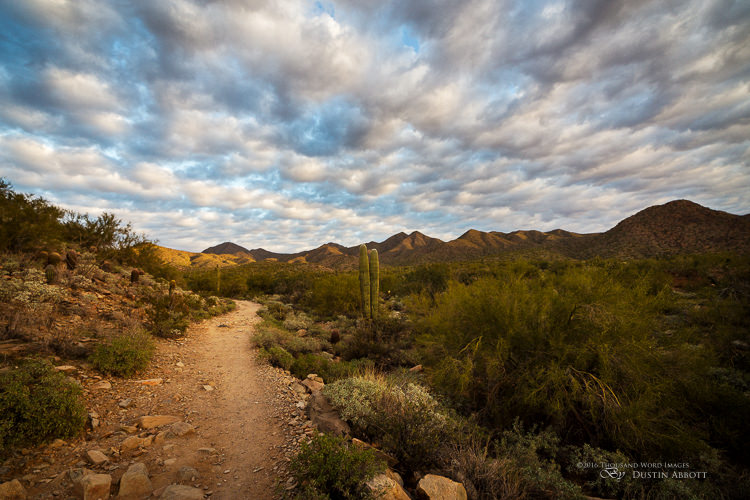
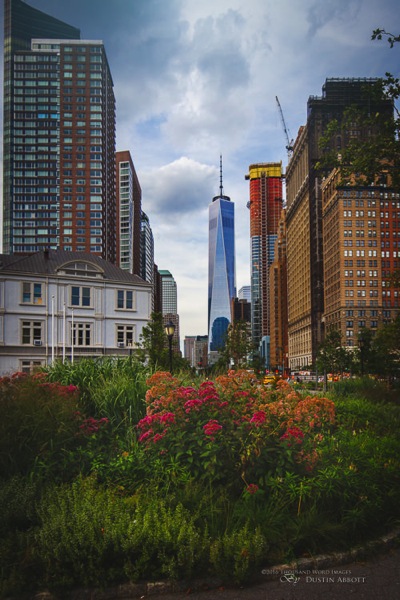
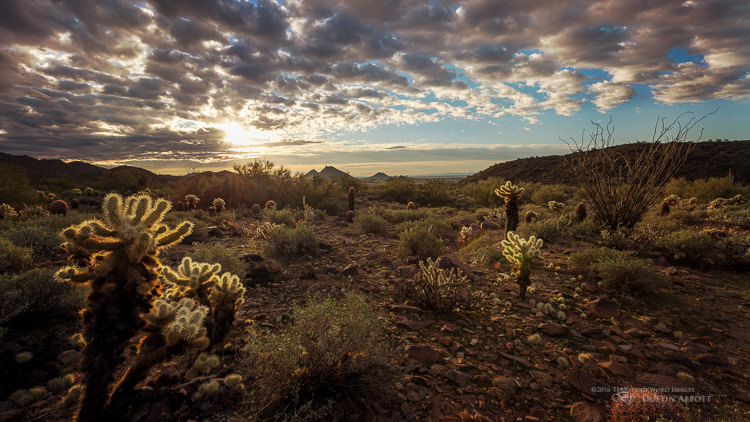



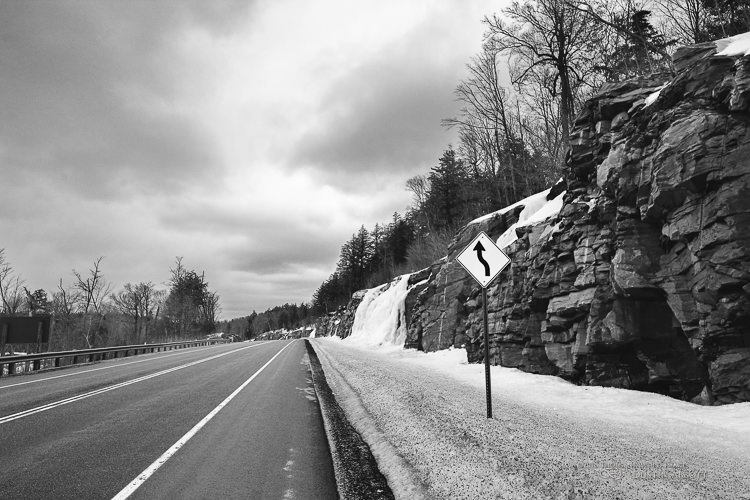

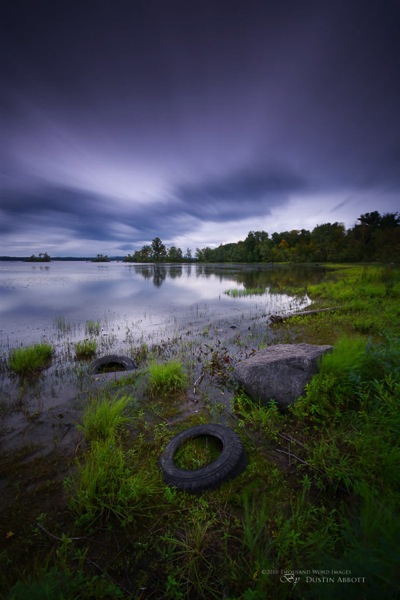

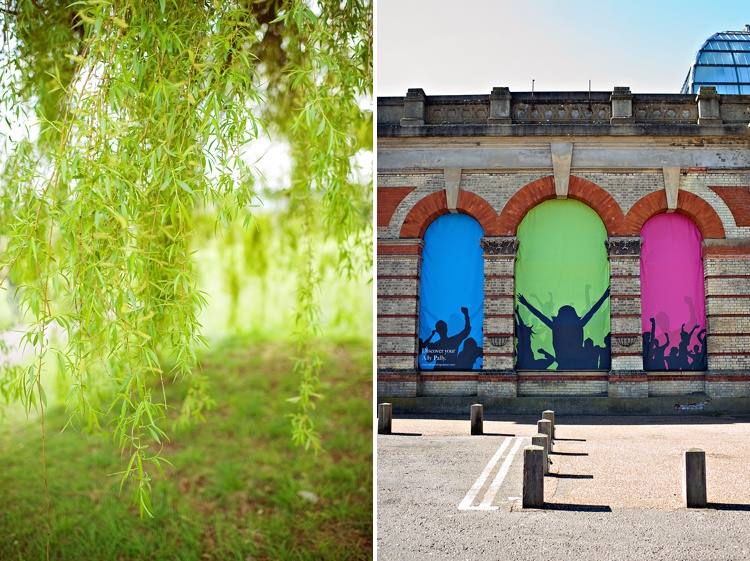

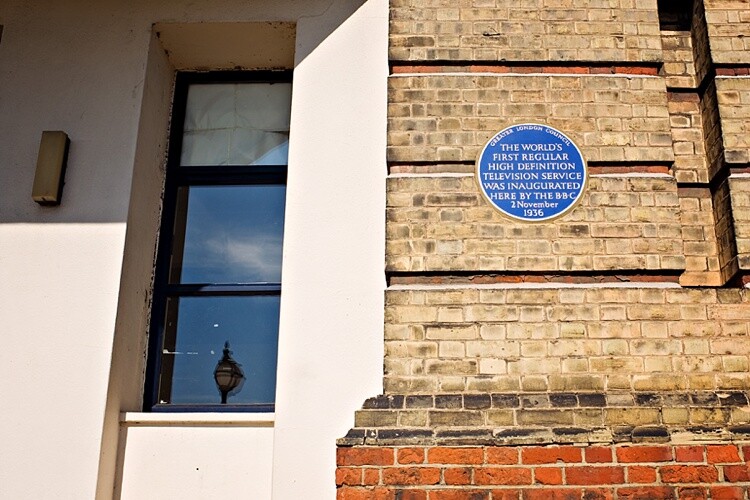

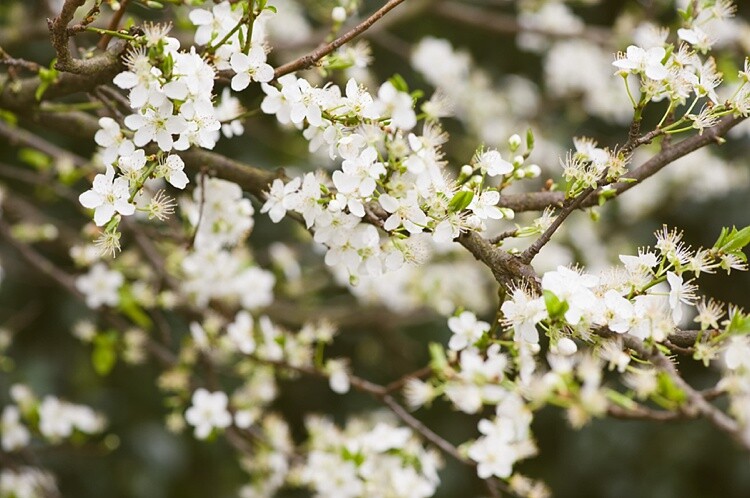

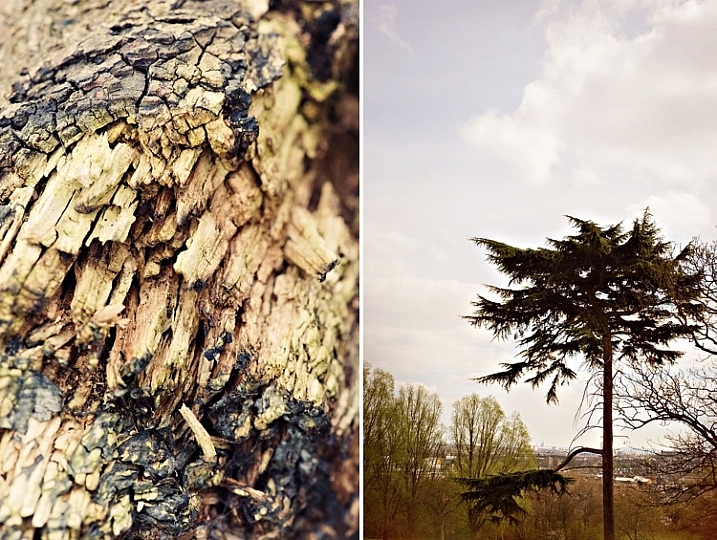
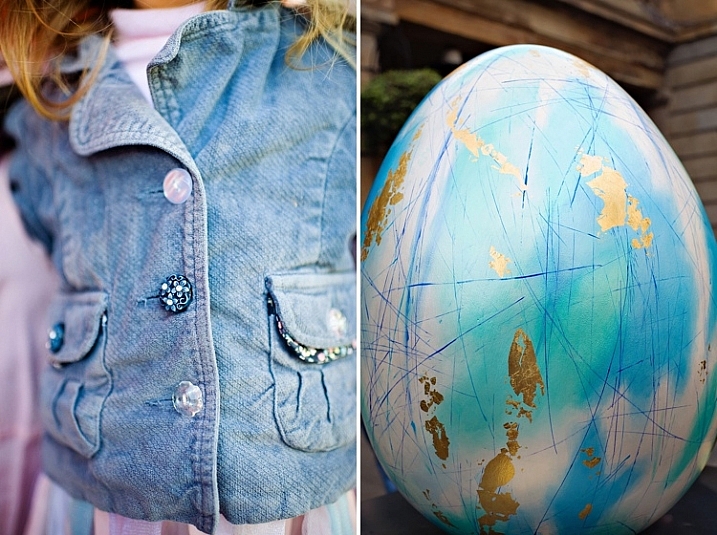
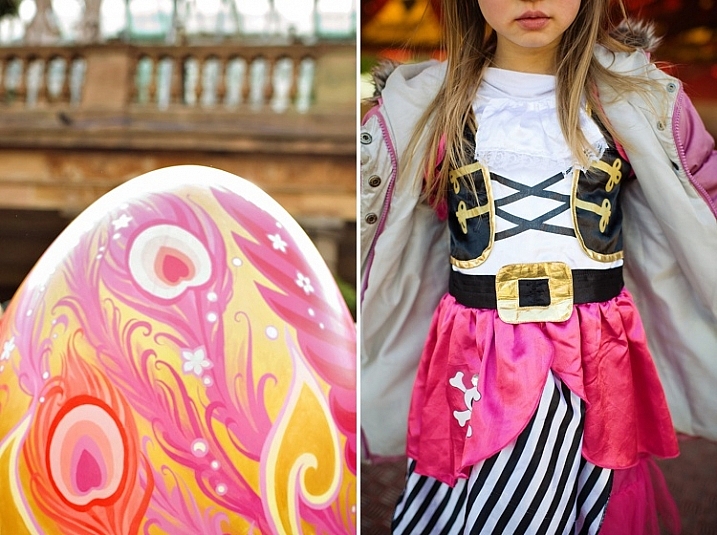

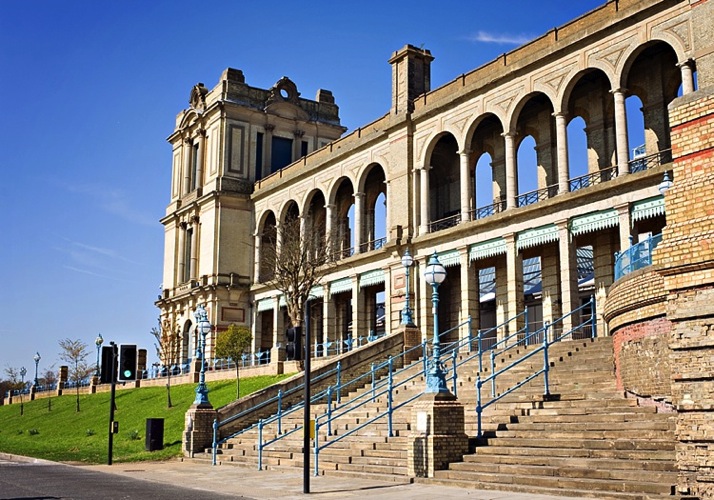
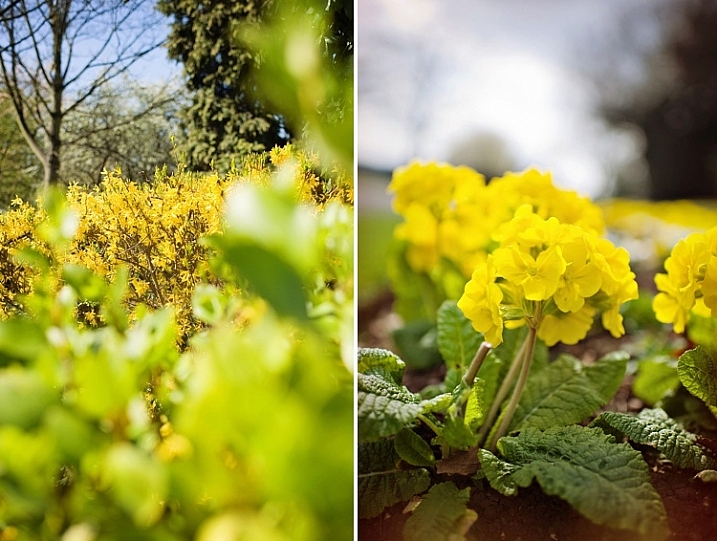
You must be logged in to post a comment.